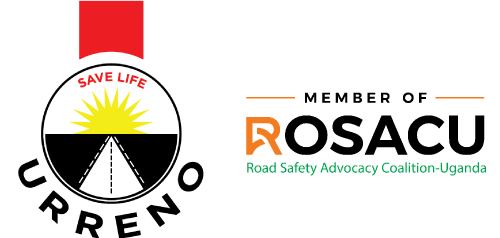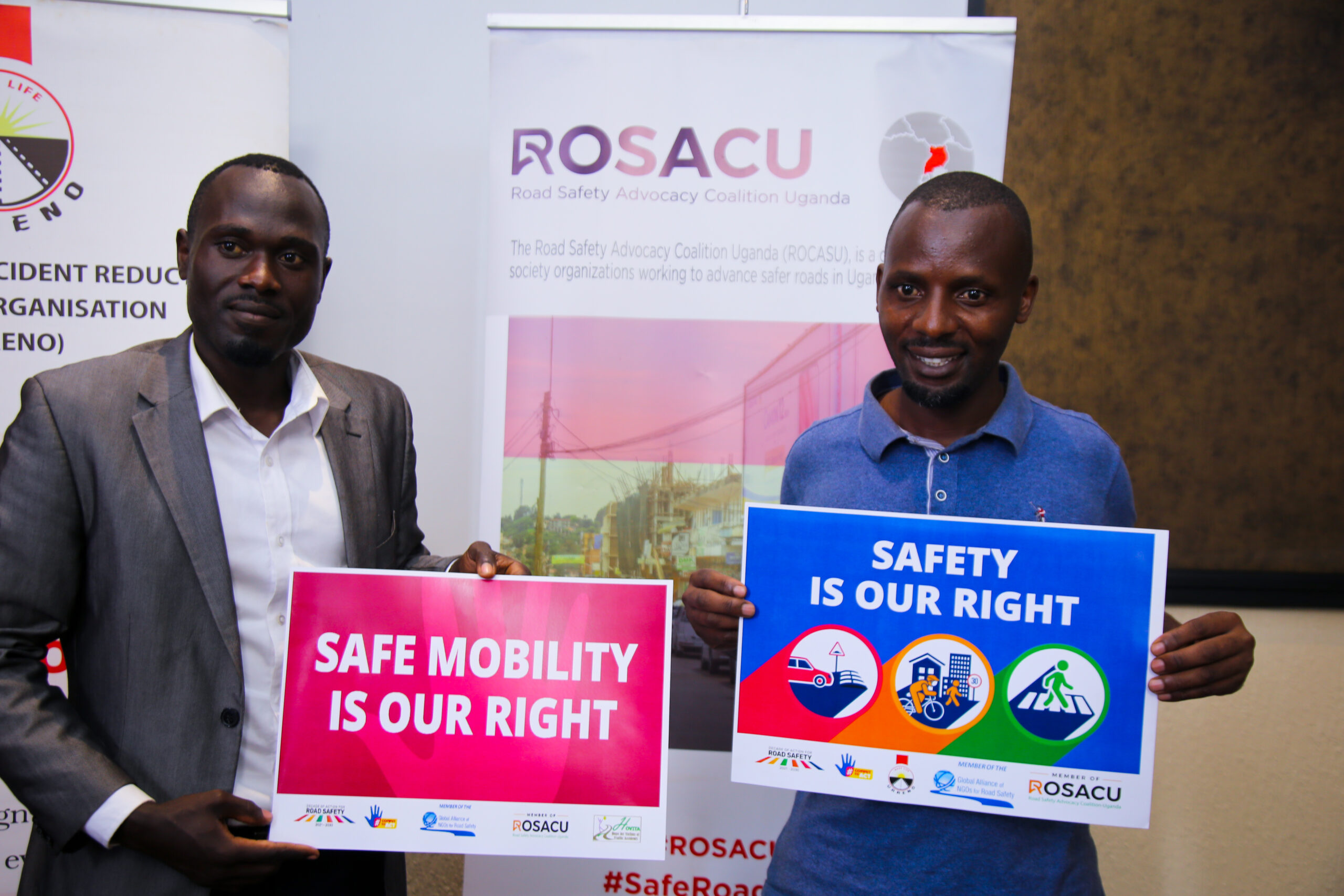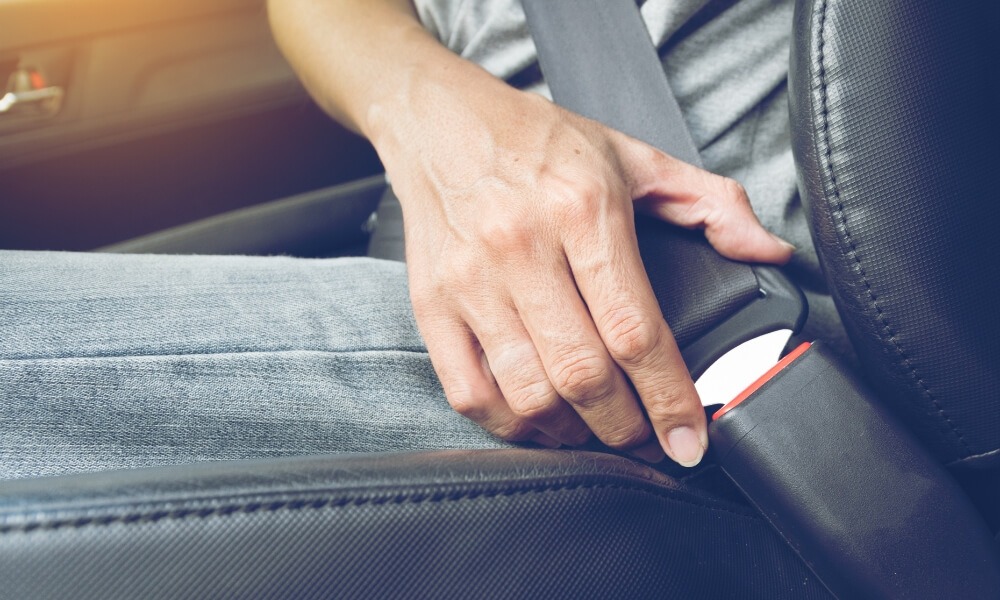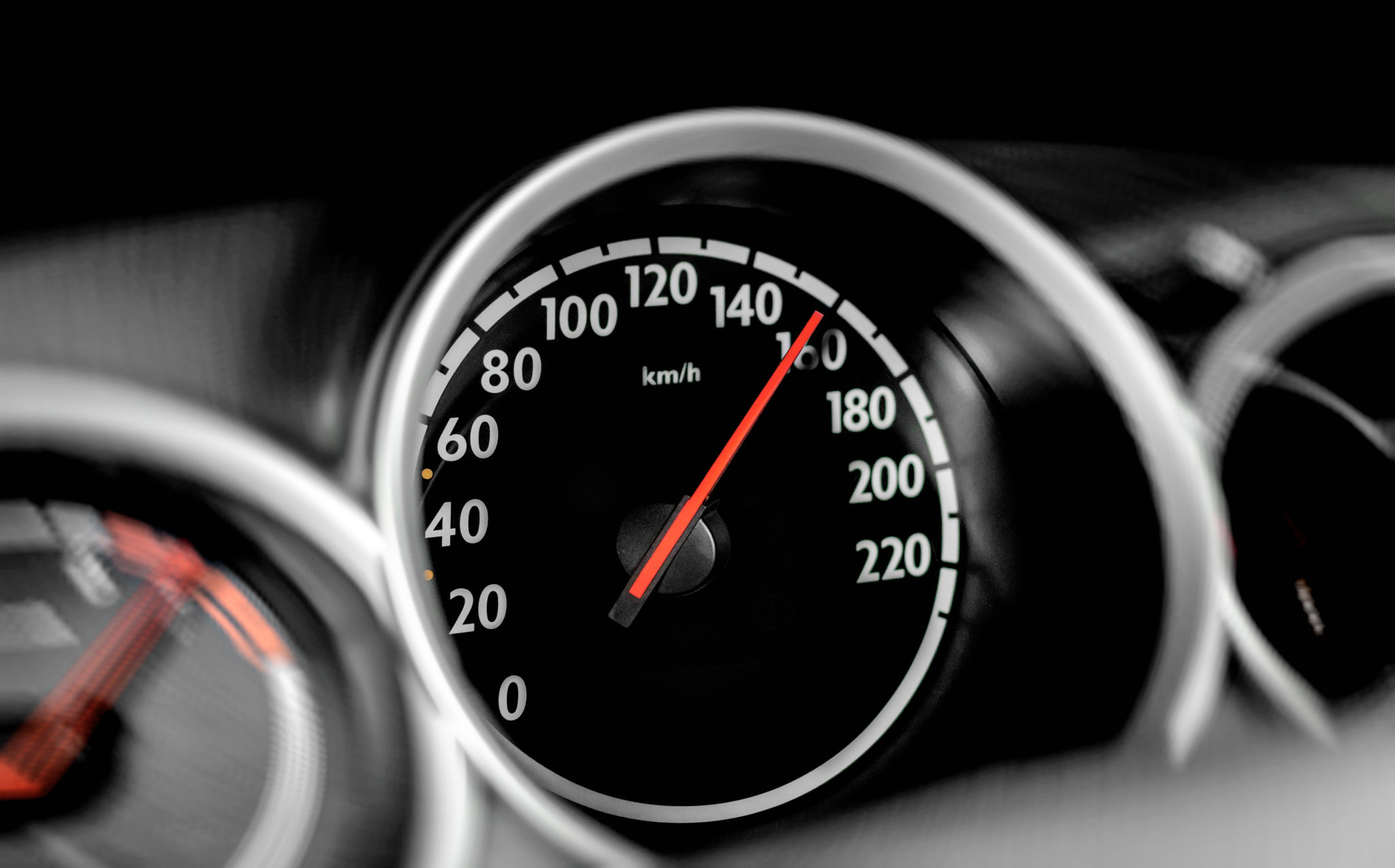
Enhancing seatbelt Safety in Uganda
The Critical Role of Seat Belts and Child Restraints in Saving Live
The seat belt continues to be a key and important safety element in vehicles. According to the World Health Organization, front-seat passengers using safety belts reduce their risk of fatal injuries by 45 to 50 percent, while back-seat occupants’ risk of death and serious injuries is reduced by 25 percent. The need of seat belts is emphasized to each student from the start of driver instruction, and passengers are constantly instructed to buckle up during car rides.
The mandatory use of safety belts, as well as increased attention to road safety, has had a significant impact on the reduction of road mortality. Seat belts are recognized as primary equipment for preventing injuries in vehicles. They have an amazing record of saving lives.
Seatbelts are not only recommended but also legally required in practically every country, with noncompliance accounting for a major portion of road fatalities. One of the new Sustainable Development Goals (SDG) targets (3.6) is to cut the worldwide number of road traffic fatalities and injuries in half by 2020. Appropriate seatbelt fitting and wearing legislation, as well as regular enforcement and public education, are required to meet this aim.
Seatbelts not only apply to adults but also children as they can be some of the most challenging passengers to control in a car. Ensuring their safety begins with properly fitting child restraints and always buckling them in correctly. These restraints play a critical role in reducing injuries during collisions by absorbing crash forces and keeping children securely fastened.
Child restraints vary according to age, weight, and stature. The main types include:
Rear-facing seats (for infants)

Front-facing seats (for toddlers)

Booster seats (for older children up to 11 years)

As long as they are fastened up in the proper kid safety seat, children under the age of twelve are safer in the back seat. Maximum protection is ensured by specially made restraints that adapt to a child’s developmental stages.
Despite their proven benefits, Uganda currently has no laws requiring the use of child restraints, leaving many children at risk. Enforcement of regulations mandating their use is slow .
Through Urreno , they have worked around the clock in strengthening the practice through Legislation Reviews, Advocacy, and Public Awareness-Raising Interventions.
The Ugandan government is working should enact laws requiring child restraints in vehicles and provide clear guidelines on their enforcement. once the guidelines are enacted, this will not only enhance child safety but also raise awareness among parents, guardians and drivers about their importance.
We call on stakeholders, road safety advocates, and legislators to prioritize the creation and implementation of seatbelt and child restraint standards. Together, we can ensure a safer future for our youngest, passengers and drivers thus significantly reduce the risk of injuries and fatalities on our roads.



